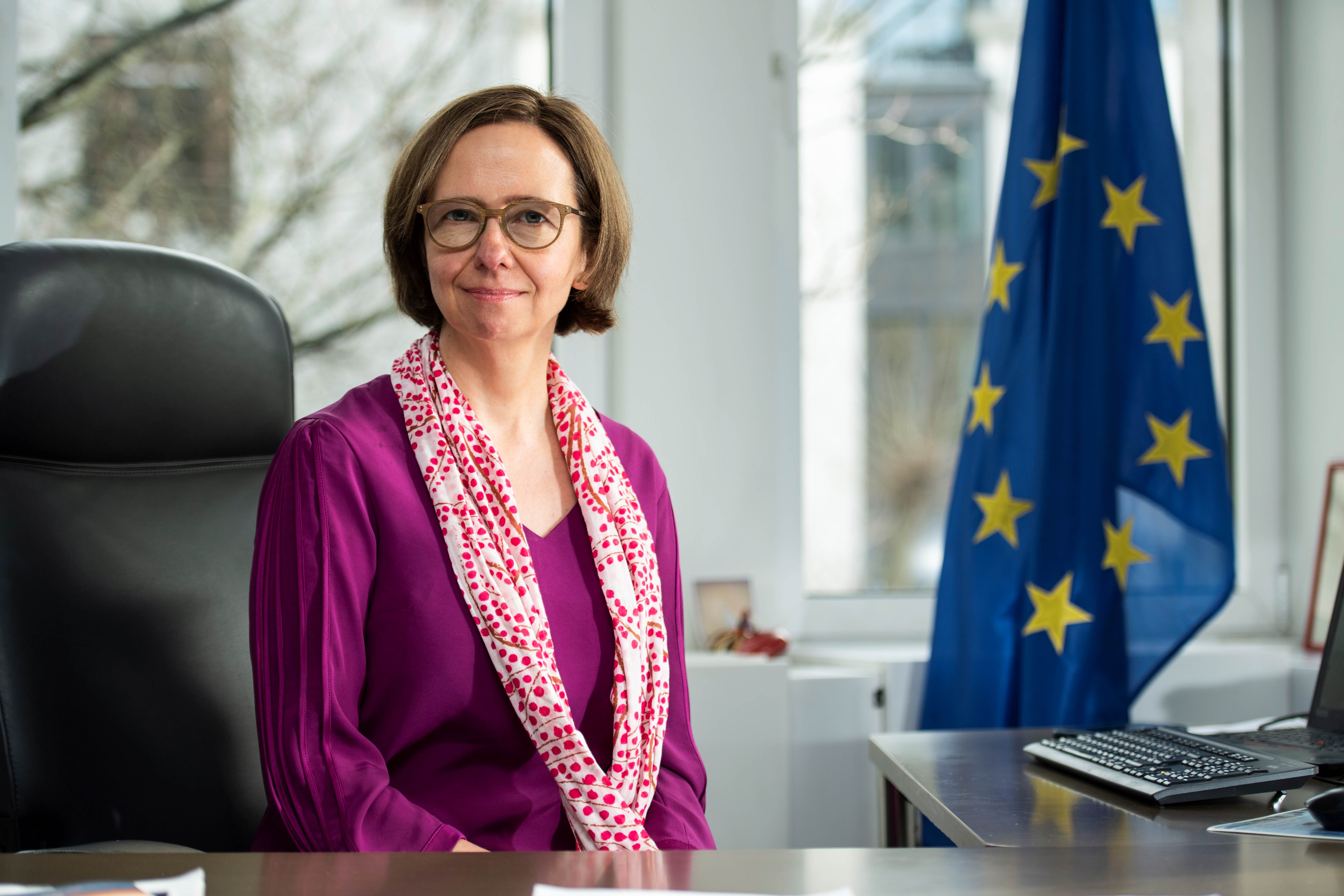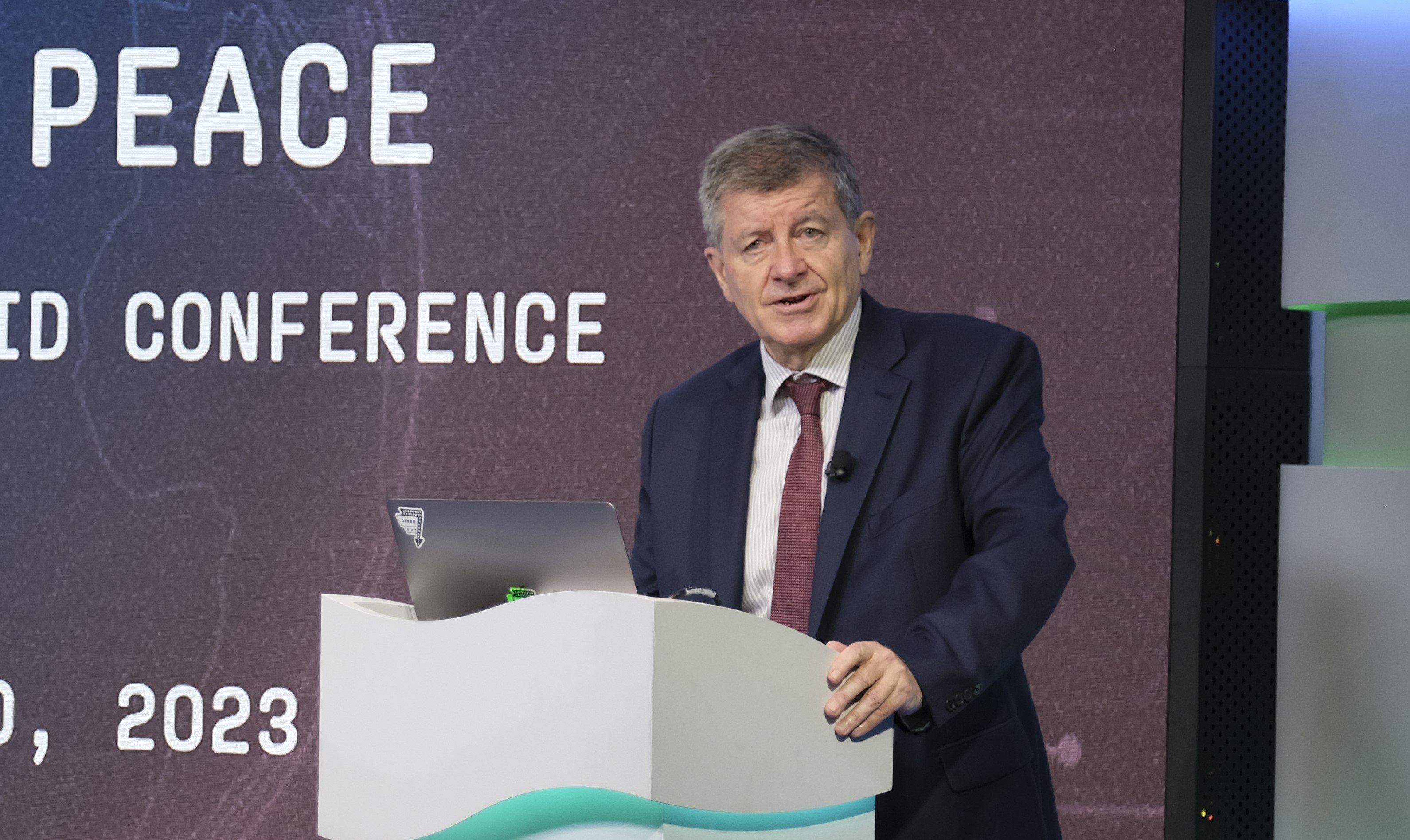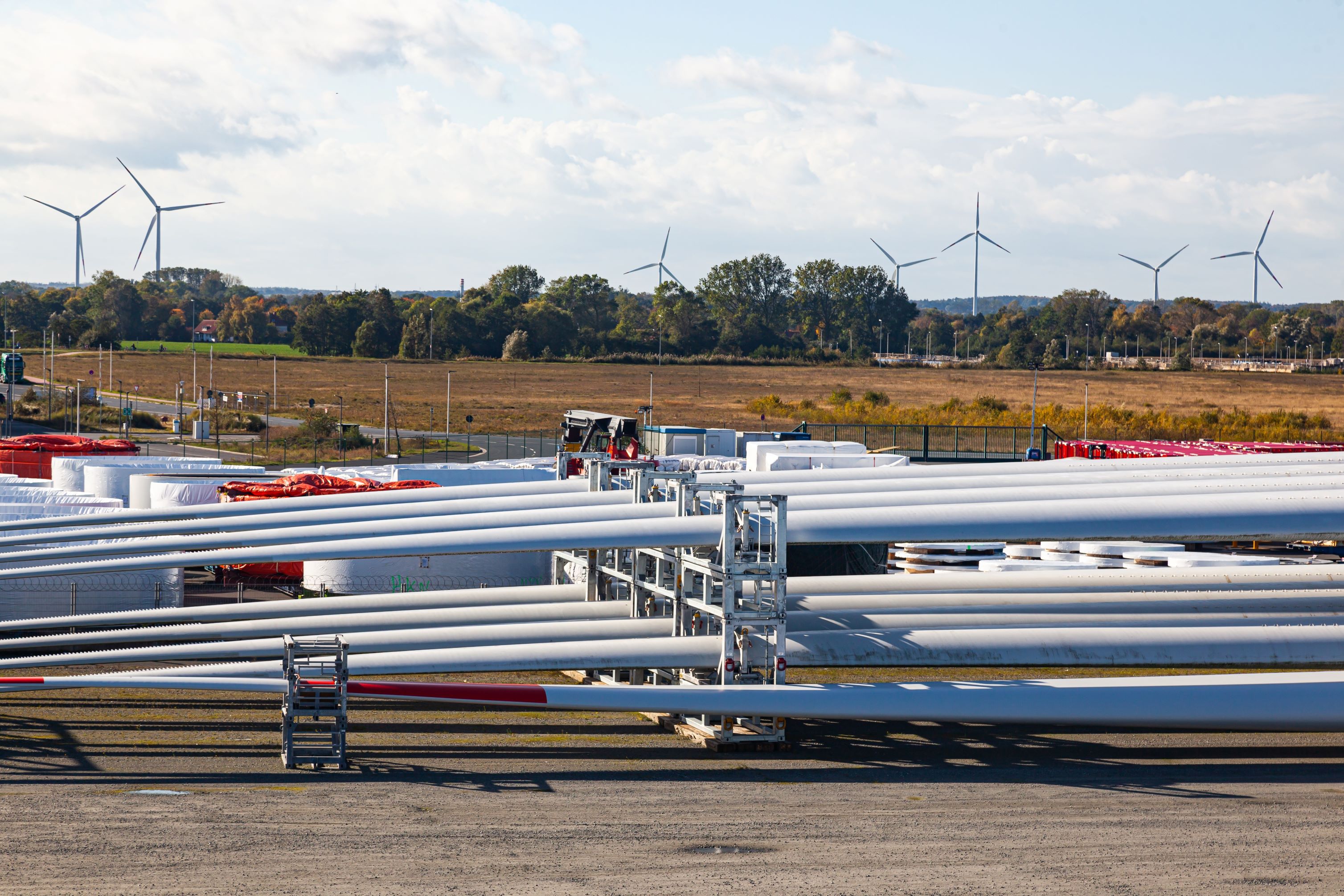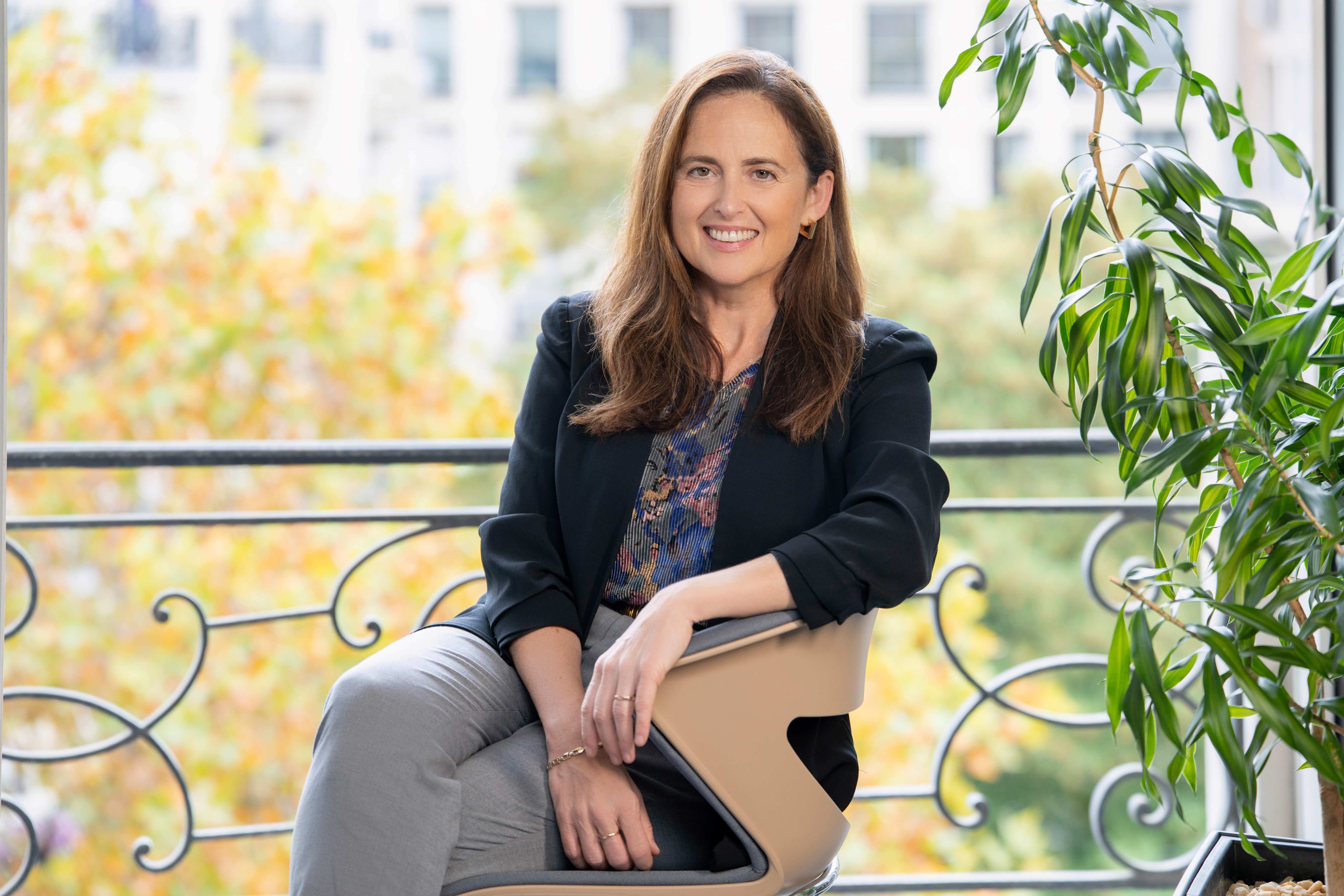Magda Kopczynska: Resilience without borders
Leadership Insights newsletter story
Magda Kopczynska, director-general of the European Commission’s Directorate-General for Mobility and Transport (DG MOVE) talks to ICS Leadership Insights about building sustainability and resilience into the European transport network.

How do you see your current role and what are your core goals in your new position?
If transport is not well organised, or does not function properly at the European level, we cannot really talk about uniting people and businesses. We saw what happened when COVID arrived and countries started closing their borders; transport couldn’t function as it should. And, as is the case with the internal market in Europe, we don’t notice transport when it works, but the moment it stops working, everything else comes to a stop.
I really appreciate discussions with representatives from different transport modes, who would each tell me that their transport mode is the most important and should be treated better. But by all saying the same thing, they demonstrate that they are all important, they all matter. We need all transport modes for society and the economy to function properly.
The external dimension of my work is to make sure that every part of my institution, as well as member states and even beyond, also appreciate the importance of transport. I’m thrilled to come back to the fantastic team of people working on European transport policies at DG MOVE.
Can you give us a snapshot of the kind of practical work that’s coming out of DG MOVE policymaking at the moment?
We have a funding instrument called the Connecting Europe Facility used to construct cross-border infrastructure projects. EU member states are relatively good when it comes to transport infrastructure in their countries, but it takes that additional push to make them remember that neither people nor goods stop at borders, especially when those borders technically don’t exist.
We need to continue working to reduce the transport impact on the environment. But since climate change seems inevitable, we also have to focus on climate resilience. We need to think about how new infrastructure can be built in a way that it remains resilient no matter what happens. It is also about resilience in many other aspects, including economic and geopolitical resilience. We need to think carefully about where we place our infrastructure and who invests in it.
Cybersecurity is another big part of resilience. We have some pieces of legislation at the European Union level, but we are also working closely with the industry to make sure that this is a topic where we stand with them to make sure cybersecurity is properly addressed.
After experiencing the supply chain disruptions of the past few years, how do you think regulators can build more resilience into logistics?
The critical events of the last few years in the EU – Brexit, COVID-19, the war in Ukraine – all directly impacted transport flows, for many different reasons. I think this shows that we cannot come up with a magical solution that will make us immune to those ‘black swan’ events. But we do now know what a transport system needs to be sufficiently resilient.
One thing is good use of information technologies. The information flow that follows cargo along the entire supply chain is extremely important as it helps with better planning and faster response. Companies can develop very effective proprietary systems. But there must also be a way for decision makers and regulators to access that information to manage the transport system properly. That lies at the core of the European Maritime Single Window that we’ve been working on.
The second element of preparedness is that we need some spare capacity in the system. There was a moment when we literally ran out of empty containers because they were either stuck on the US West Coast or they were not leaving factories in China. We worked a lot on a land-based corridor linking Europe with China as an additional transport route, but of course the corridor went through Russia and now it’s no longer open. A transport system will never be completely resilient to external geopolitical factors, but at least we need to be looking for a backup plan.
How has the discussion on the sustainability of transport moved forward since you were first at DG MOVE?
Around 13 years ago, we published a white paper on transport which put the topic very much at the forefront. So, long before the Paris Agreement we were discussing at international level about where we go when it comes to dealing with climate change. We made it clear that transport has to become more sustainable.
Of course, the definition of ‘sustainability’ evolved over time. Even within environmental sustainability, it is not only about climate change, it’s also about equality and biodiversity. I believe that the transport sector has embraced the topic and accepted that this is something they have to accommodate, develop and make part of their daily operations.
When we agreed the IMO initial GHG reduction strategy in 2018 and the 50% reduction by 2050, everybody knew the target could have been higher. But it was about starting that discussion. And in July this year, a new, more ambitious 2050 target was agreed. What I find encouraging is that now, finally, nobody in the shipping world is questioning that it will happen.
Is there anything that shipping could learn from other transport sectors about sustainability?
Somebody asked me a while ago how it is possible that we still have ships colliding at sea, with all the information from radars and connectivity. Of course accidents happen, but sometimes they happen because ships don’t see each other.
A lot of companies are looking into autonomous sailing to improve growth, but maybe we need to think even more about that in a way that goes beyond ships themselves, to an entire vessel traffic monitoring system worldwide. Shouldn’t we focus even more on using the technologies that are being developed to aim for an objective like zero accidents at sea?
So my challenge to all of us is, can we do more to significantly reduce the number of accidents? I know that accidents are not that frequent, but unfortunately, they are often fatal. And often those accidents shouldn’t even happen. Technology should allow us to make sailing much safer.



